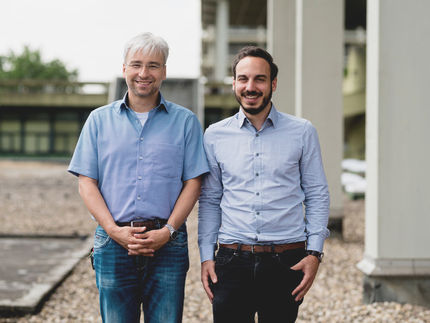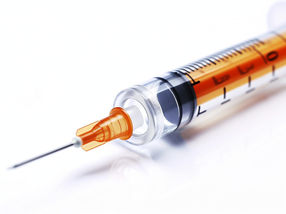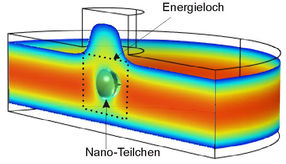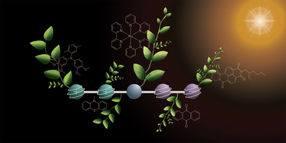Boston Life Sciences' Collaborating Scientists Demonstrate Key Role of Nerve Cell Activation in Axon Regeneration
Nerve cell activation using Company's proprietary molecules play pivotal role when added to Nogo inhibition in optic nerve regeneration in animals
Advertisement
Boston - Boston Life Sciences, Inc.announced that the Company's collaborating scientists have shown in animal studies that to achieve extensive optic nerve regeneration requires activation of the intrinsic axonal growth program in optic nerve cells, in addition to suppressing the activity of the Nogo receptor. In the study, published in the current issue of Journal of neuroscience, activation of the intrinsic growth program of the optic nerve cells was achieved through the use of BLSI's Macrophage Factor, one of BLSI's three proprietary axonal growth stimulators.
Larry Benowitz of Children's Hospital and Harvard Medical School (and a Principle Collaborating Scientist of BLSI) and colleagues evaluated the contribution to optic nerve regeneration of suppressing Nogo (which inhibits such regeneration; see below), and of stimulating the axonal growth program. Naturally-occurring inhibitory proteins (that act to prevent axon regrowth) have long been considered by many neuroscientists to be the most important explanation for the failure of axonal regeneration to take place after injury to the Central Nervous System (CNS). Prominently among these well-known inhibitors is Nogo, which interacts with its receptor (NgR) to prevent CNS axon regeneration. However, previously published studies by Dr. Benowitz and colleagues have shown that the intrinsic inhibition by Nogo and other inhibitory proteins may be overcome by administering certain axonal growth stimulators (discovered by Dr. Benowitz and colleagues and licensed to BLSI). These stimulators, if administered in the appropriate time frame, result in substantial new axon growth and functional improvement after CNS injury (e.g., stroke). In the present study, Dr. Benowitz and his colleagues describe the contributions that Nogo inhibition and axonal growth stimulation make in determining the amount of optic nerve regeneration after experimental optic nerve injury. The study concludes that, while Nogo inhibition plays a major role in limiting regeneration in the mature optic nerve, suppression of Nogo inhibition alone is not sufficient to promote extensive axonal regeneration after optic nerve injury, and that stimulation of the axonal growth program is required for extensive regeneration.
While noting that additional barriers to achieving regeneration remain to be overcome, the study concludes that the "strong regeneration that results from simultaneously overcoming inhibitory signaling and activating the growth program of neurons lends encouragement to the possibility that clinically significant axon regeneration can be achieved in the injured human CNS."
"We believe this important publication places Nogo inhibition in its proper biological perspective and validates BLSI's approach to stimulating axonal growth through the discovery of novel and potent stimulatory molecules, " stated Dr. Marc Lanser, President and Chief Scientific Officer of BLSI. "It seems clear, based on this work, that Nogo inhibition and axonal growth program activation may have important synergies, at least as far as optic nerve generation is concerned. Consequently, we look forward to discussing with companies who have limited their focus in working in this area to the Nogo inhibition approach the possibility of combining BLSI's proprietary compounds with Nogo inhibition as a means to optimize the potential for CNS nerve regeneration. We will, of course, continue to pursue our own program in CNS axonal regeneration, with Inosine for treatment of stroke and spinal cord injury being our lead compound in pre-IND development," added Dr. Lanser.



























































